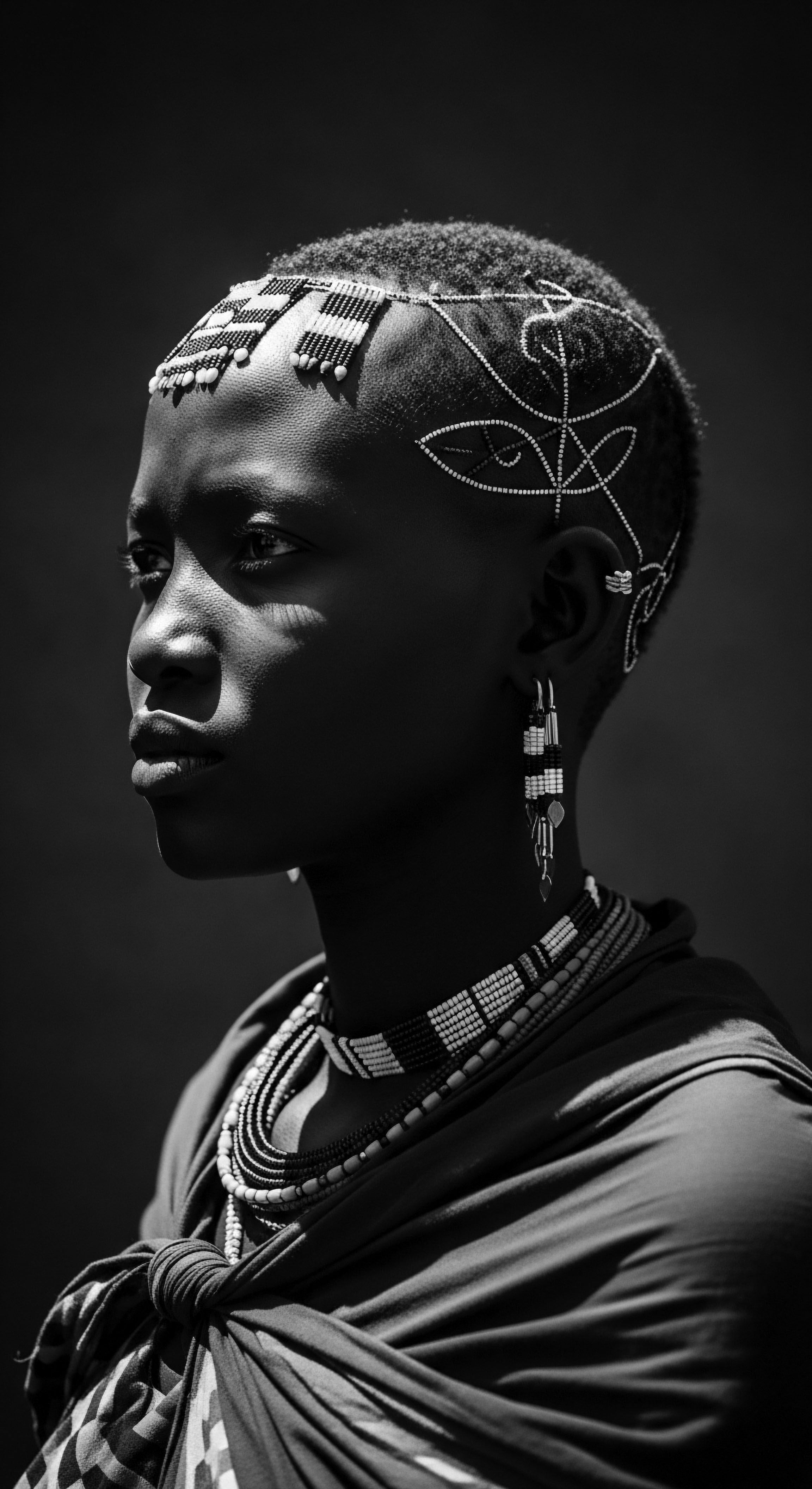
Can modern science validate ancestral African hair care practices for strength?
Modern science confirms ancestral African hair care practices, particularly those emphasizing moisture and protection, enhance textured hair strength and health.

How did traditional African hair practices shape community identity?
Traditional African hair practices served as living blueprints of community identity, communicating status, heritage, and spirituality through intricate styles and rituals.

How does modern science validate ancestral hair care with plant butters?
Modern science affirms ancestral hair care with plant butters by revealing their lipid profiles align with textured hair's moisture retention needs.
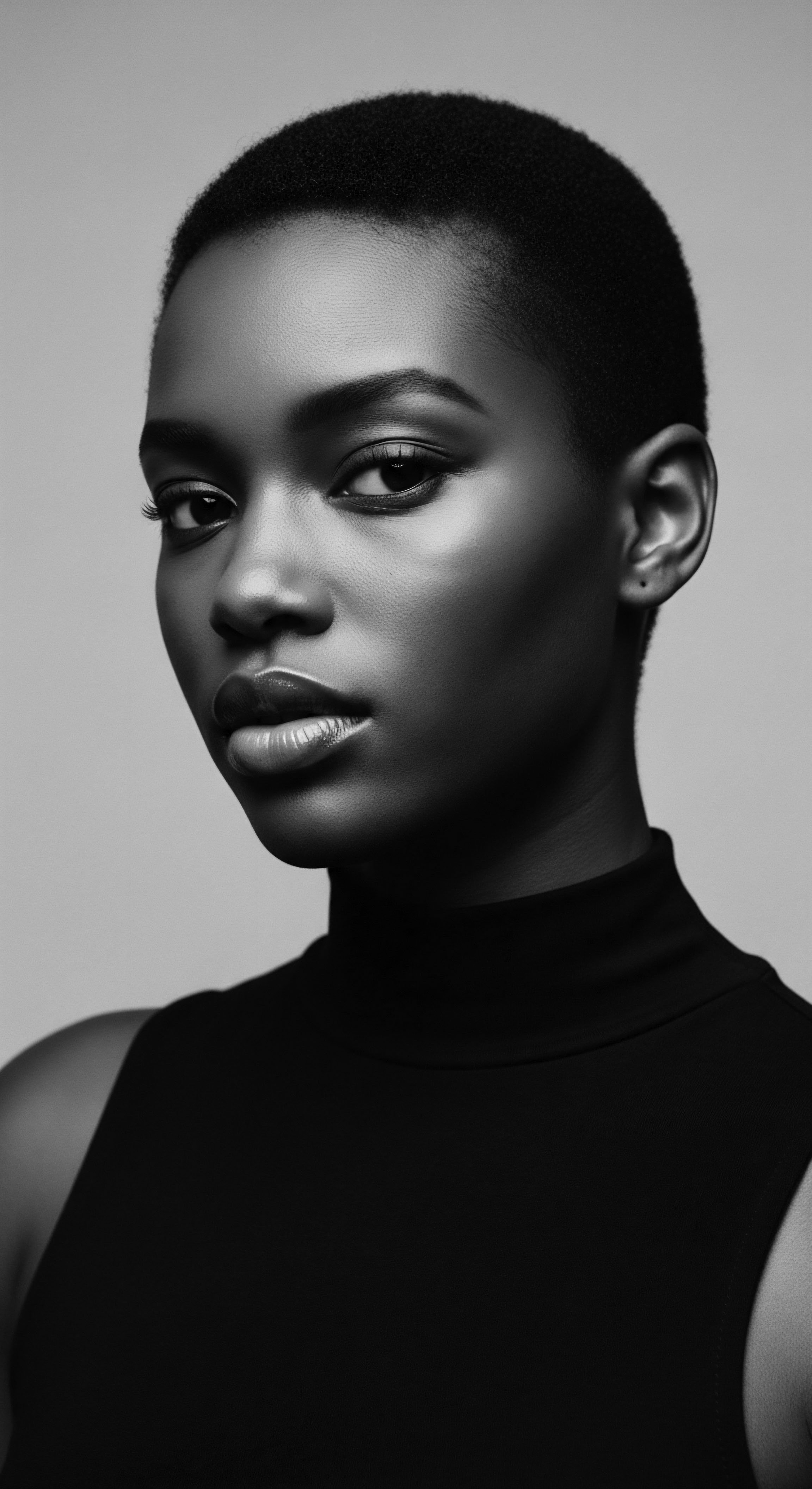
What historical factors influenced the use of natural ingredients in Black hair care?
Historical factors for Black hair care center on ancestral wisdom, resourceful adaptation during slavery, and cultural reclamation through natural ingredients.

How did traditional African hair classification systems inform cultural identity?
Traditional African hair systems profoundly shaped cultural identity, serving as living archives of social status, age, spiritual connections, and community ties.
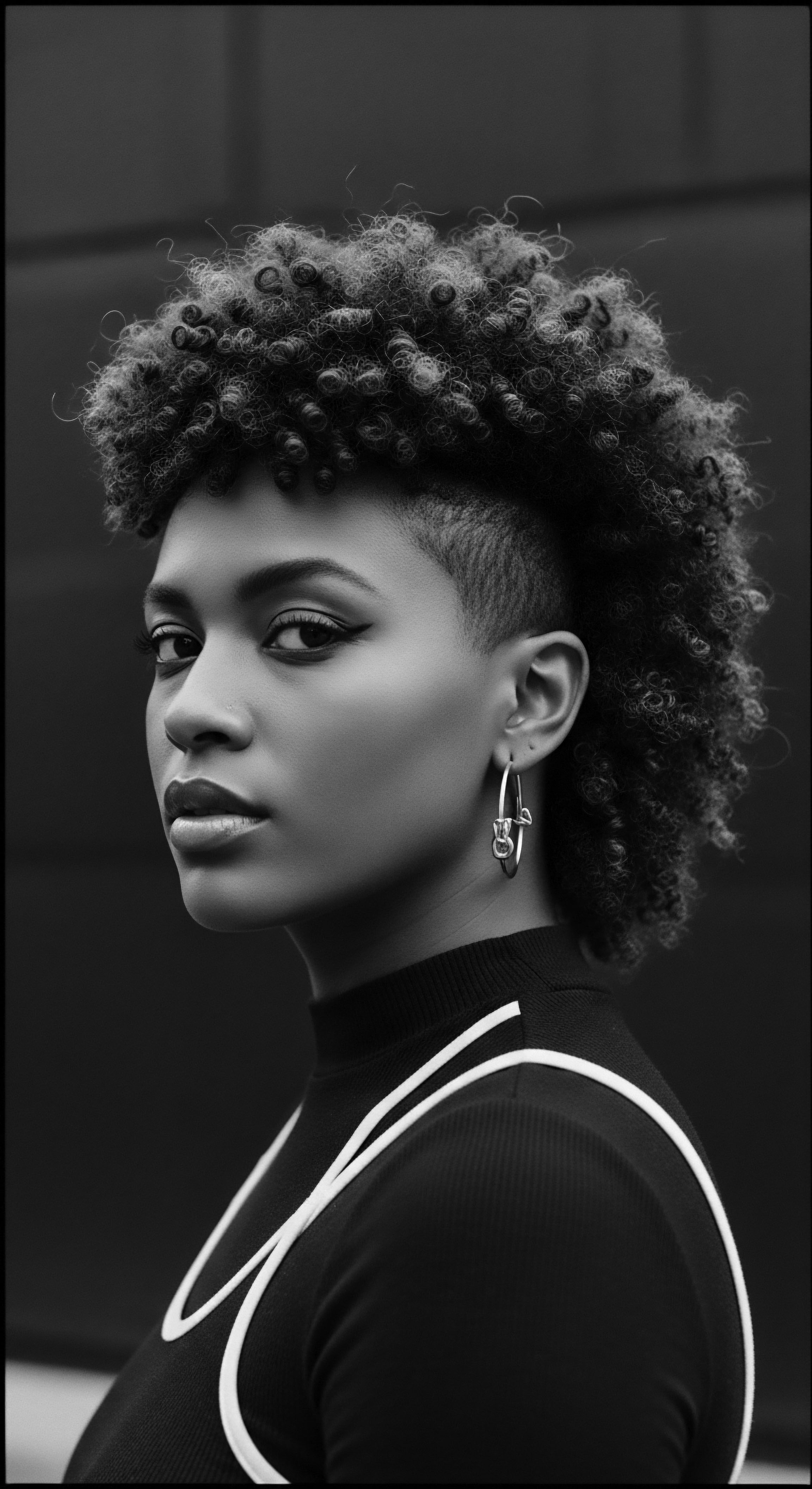
In what ways do traditional shea butter practices align with modern hair science?
Traditional shea butter use for textured hair aligns with science through its fatty acids, providing deep moisture and historical protection.
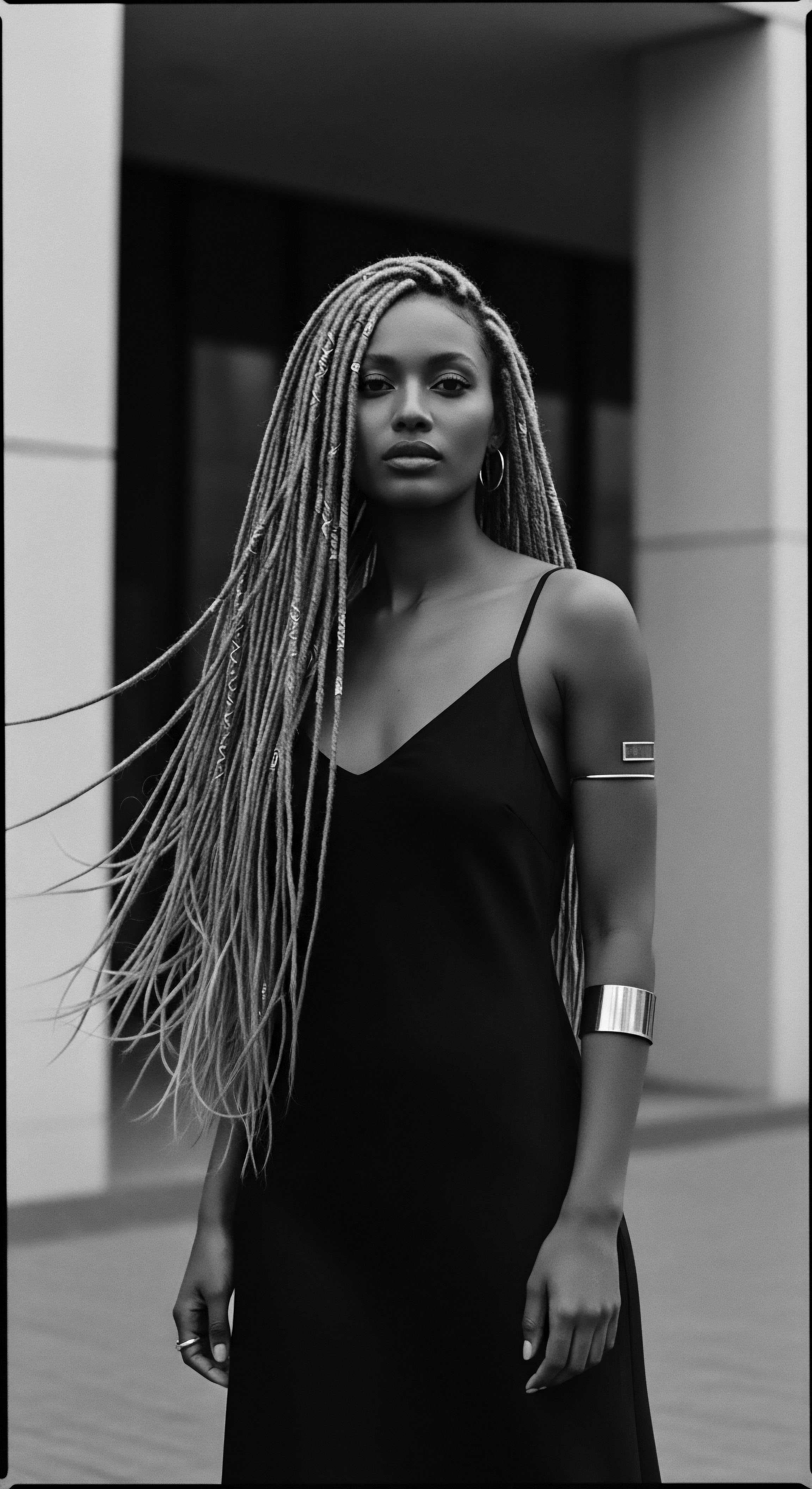
How did plant use in hair care evolve through the African diaspora?
Plant use in textured hair care evolved through the African diaspora as ancestral knowledge adapted to new environments, blending botanical wisdom with cultural resilience.

What role did protective hairstyles play in Black cultural identity?
Protective hairstyles are a living heritage, linking Black identity to ancestral wisdom and resilience through textured hair care.

What historical botanical practices still shape modern textured hair care routines?
Historical botanical practices offer foundational knowledge for modern textured hair care routines, preserving ancestral wisdom.

What cultural and scientific insights explain the enduring relevance of traditional oils for coiled hair?
Traditional oils for coiled hair endure through cultural heritage, scientific efficacy, and deeply ingrained ancestral practices.

How did ancient African communities use natural oils for hair?
Ancient African communities used a diversity of natural oils to nourish, protect, and adorn textured hair, reflecting deep cultural heritage.

What historical examples show hair as a symbol of resistance?
Textured hair has historically served as a potent symbol of resistance, embodying cultural identity and defiance against oppression within Black and mixed-race heritage.

In what ways do the fatty acids in shea butter specifically nourish coily and curly hair patterns?
Shea butter's fatty acids provide dual nourishment for coily and curly hair, reflecting centuries of ancestral wisdom and care.
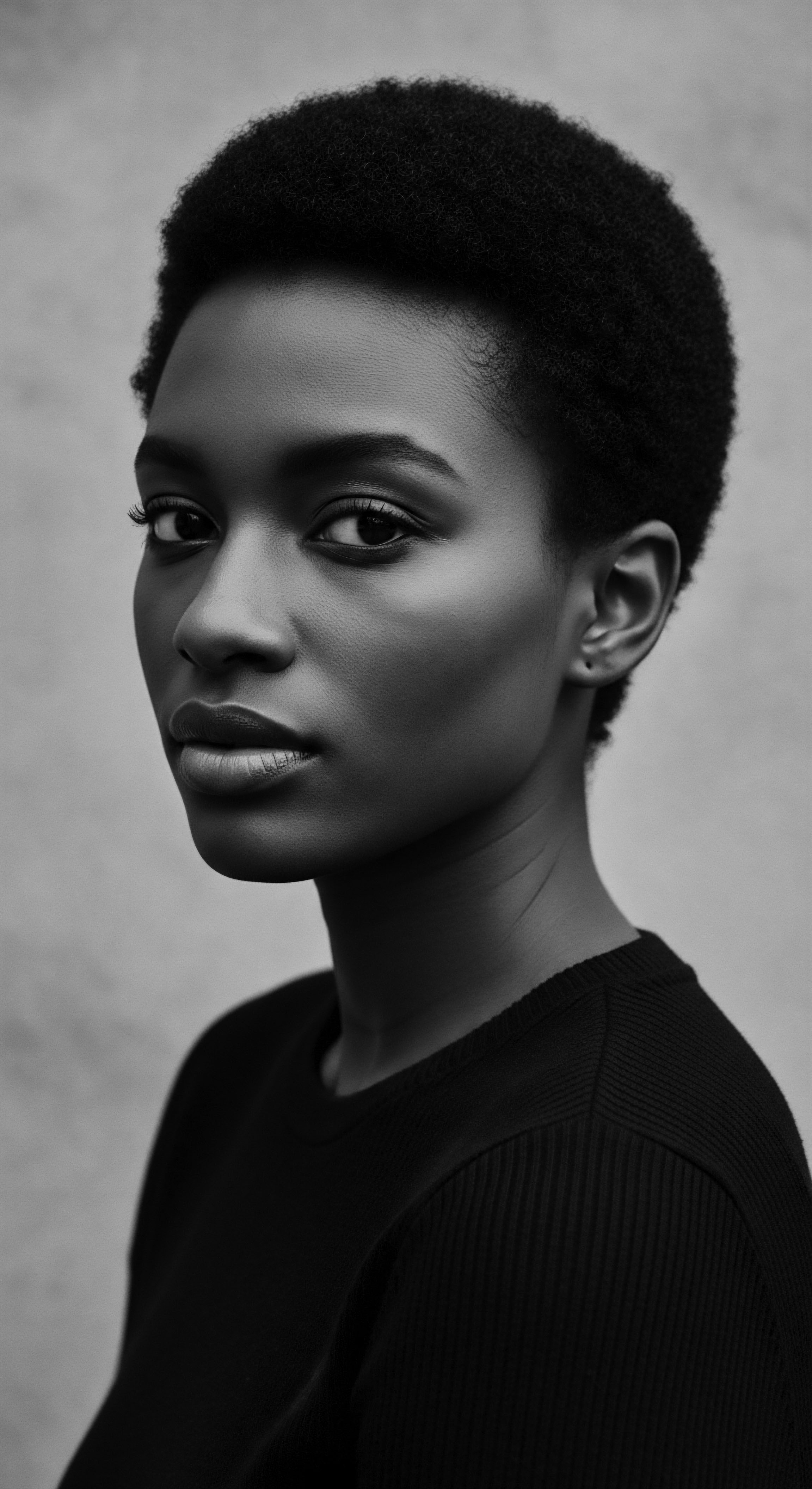
How do headwraps connect modern care to historical heritage?
Headwraps connect modern textured hair care to historical heritage by serving as protective coverings, cultural markers of identity, and symbols of resilience against oppressive norms.

What ancestral botanical wisdom continues to shape textured hair care today?
Ancestral botanical wisdom, rooted in diverse cultural heritage, continues to inform modern textured hair care through plant-based ingredients and time-honored practices.

How does textured hair heritage influence modern plant-based care?
Textured hair heritage shapes modern plant-based care by offering time-honored wisdom on botanicals, protective styles, and holistic wellness.
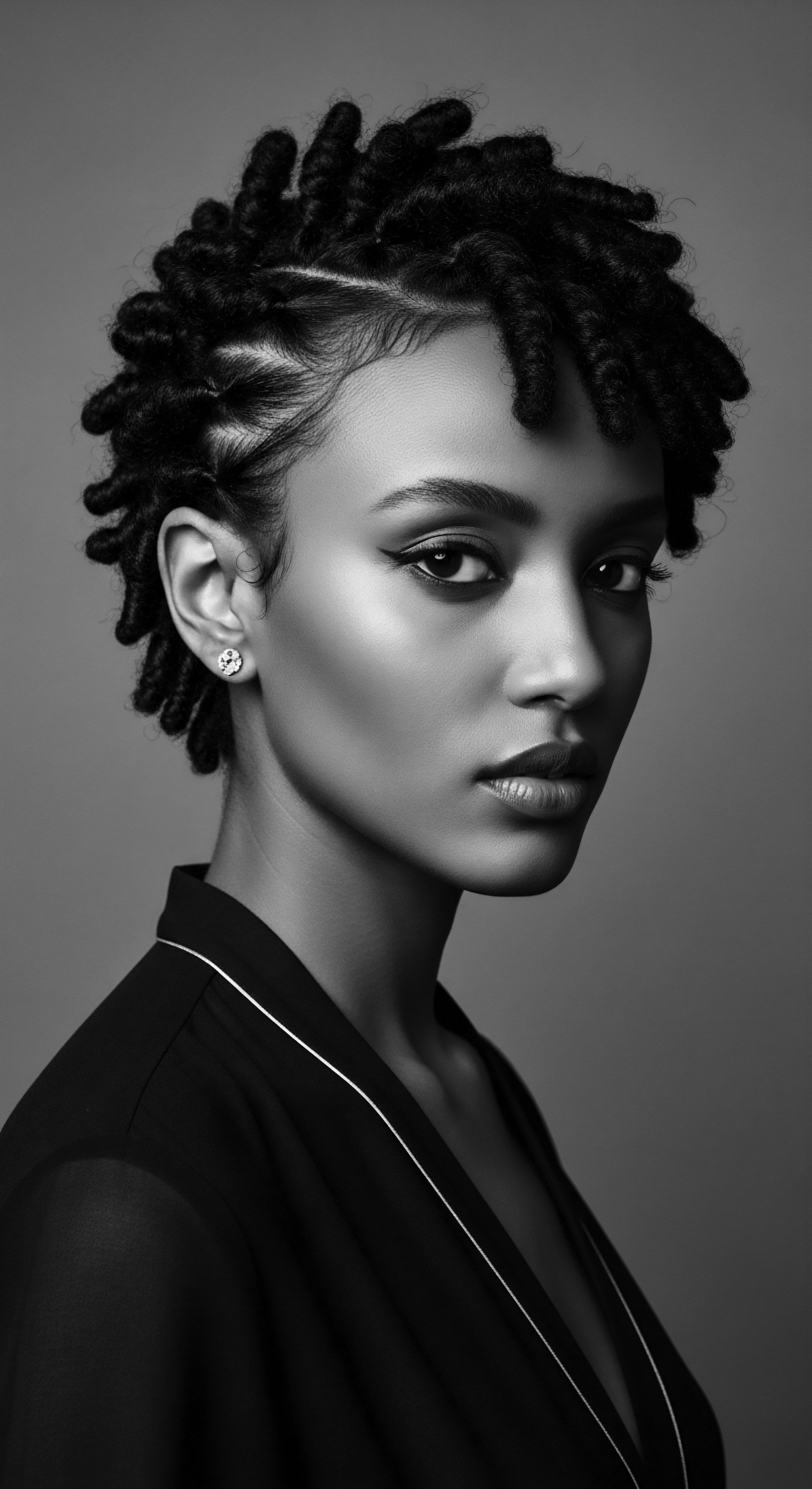
What traditional ingredients protect textured hair during the night?
Ancestral practices for nighttime textured hair protection center on oils, butters, and wraps to seal moisture and minimize friction.

Can modern science explain the effectiveness of ancient hair remedies for textured hair?
Modern science confirms the deep efficacy of ancient hair remedies for textured hair, rooted in ancestral knowledge and heritage.
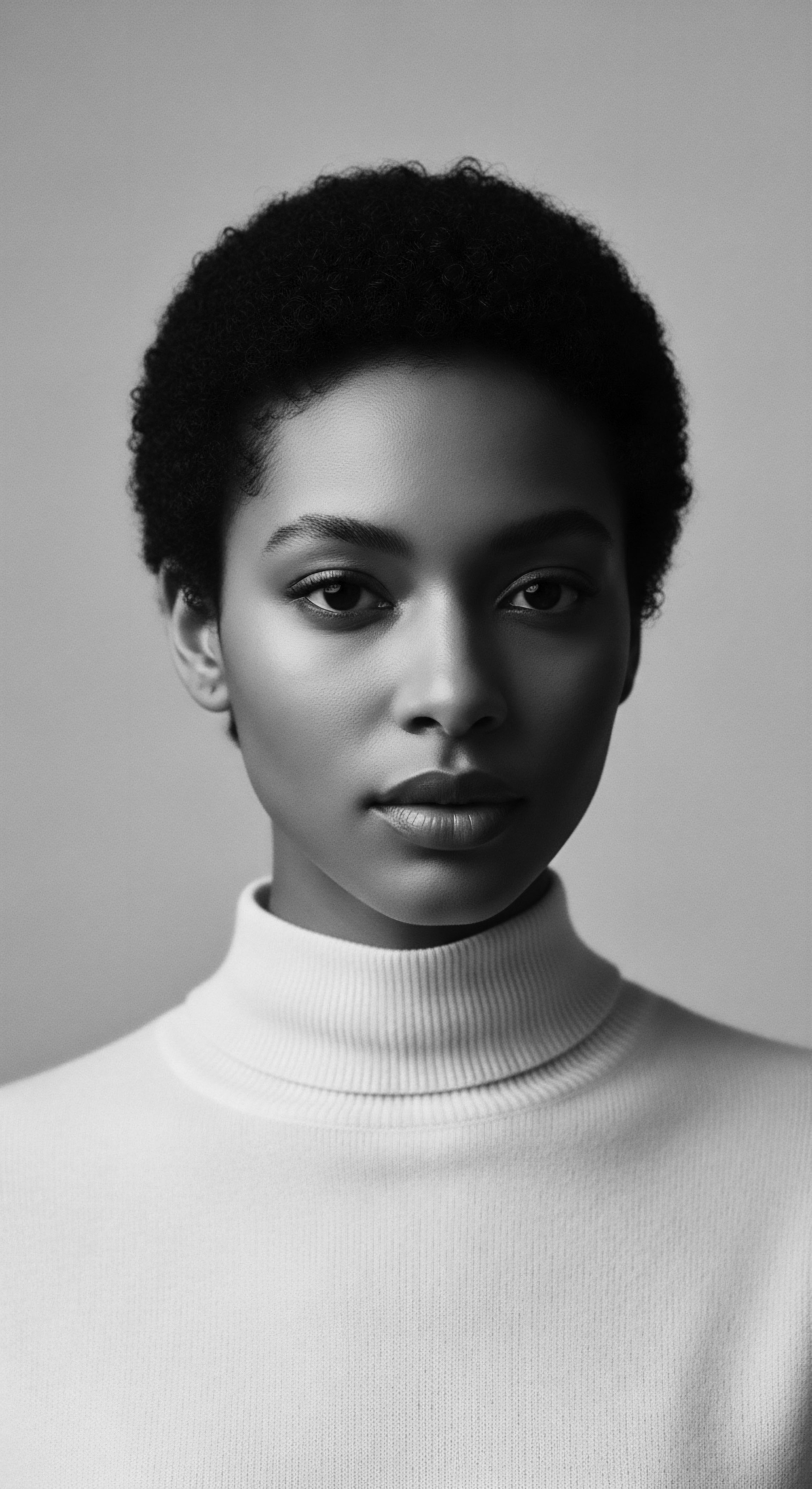
Can modern science validate the heritage benefits of natural clays for textured hair cleansing?
Modern science confirms the heritage benefits of natural clays for textured hair cleansing by explaining their unique mineral composition and adsorptive properties.

Which plants cleansed textured hair?
Ancestral wisdom reveals diverse plants like saponin-rich acacia and mucilaginous okra traditionally cleansed textured hair, honoring its heritage.
